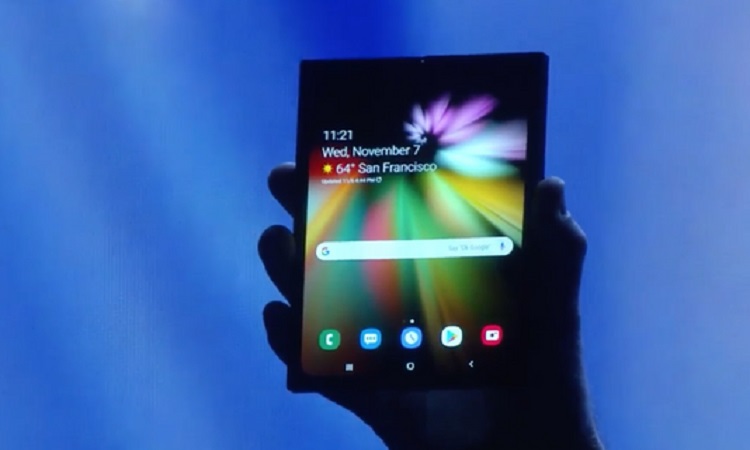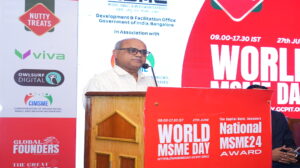The era of foldable smartphones is finally here – and the impact will be enormous

FOSTER CITY, Calif. – Move over present, the future has arrived.
After about a decade of waiting, years of hoping, and several rumored false starts, the era of the foldable smartphone officially began this month with the announcement of not one, but two different efforts to bring devices leveraging bendable, foldable displays to market.
To be fair, it won’t actually be until sometime in 2019 when we can see, hold and purchase such products. Nevertheless, the introduction of Samsung’s Infinity Flex display-based devices and the Royole FlexPai make it clear that the long dreamed of idea for a pocket-sized smartphone that can unfold into a larger, tablet-like device is finally upon us.
The appeal of such a device is obvious, and I believe its impact – at least, eventually – will be enormous. Just as it’s hard to remember a world where mobile phones only made phone calls, so too will there come a time when it will be hard to imagine a world that didn’t have foldable, connected computing devices that fit into our pockets.
At the same time, while it’s easy to look back at the first iPhone and see its obvious shortcomings, so too will the limitations of first-generation foldable devices become apparent over time. That is the nature of technological developments. To be clear, however, I am convinced that 2019 will be remembered as the beginning of the foldable era.
One key reason is that foldable display technology enables the continuation of arguably the most important development in the evolution of smartphones: larger screens. From the early days of 3.5” displays to today’s common 6”+ sizes, the insatiable desire for screen real estate has driven the progressive design of smartphones.
Now that we’ve reached (some might even argue, surpassed) the largest screen size that people can comfortably hold in one hand, and reduced the bezels around the screen to essentially nothing, there’s really nowhere else to go in traditional phone designs. They are as big and screen-dominated as they can possibly be.
Let’s not forget that it isn’t phone manufacturers driving this trend toward larger sizes – it’s people voting with their dollars for bigger screens. Most market research firms now expect 5” and larger displays will dominate the worldwide phone market by the end of 2019, and in markets like the US, the average screen size is already higher.
The interest in bigger screen sizes directly correlates with the dramatic increase in software and services that better leverage larger displays, such as video streaming services, and the levels of smartphone usage overall. Right or wrong, we basically now use our smartphones all the time in virtually all aspects of our lives, from entertainment to communications to work productivity and beyond. Given that, it just seems obvious that devices that can improve our experiences with all these applications and services via larger displays are going to be enormously popular.
That is, as long as they can overcome certain basic requirements. No one is going to go for a foldable smartphone that can’t last a day on a battery charge, is too fat to fit into a pocket or doesn’t operate reliably. Those are basic table stakes that any new foldable smartphone offering will need to achieve. Pricing is going to be an initial challenge as well, because the costs of producing foldable displays in mass quantities will likely make them very expensive in their first iterations.
Presuming those many challenges can be met, however, I’m not concerned that there will also need to be special “killer” applications specifically for foldable phones to make them successful. Playing games, watching videos, browsing the web, looking at a map, and all the other things we currently do with our current smartphones are just going to be much better experiences on larger displays. Plus, the “wow” factor of opening your phone up to that larger display is finally going to bring some excitement and interest back to a smartphone market that’s become pretty boring (and, not coincidentally, has stopped growing).
As with any major technological transition, the move to foldable screen-based devices is bound to face a few expected and unexpected hiccups along the way. At its very core, however, the foldable era is going to bring with it exciting, compelling and engaging new ways to interact with the digital world all around us. It’s a future I’m looking forward to.
USA TODAY columnist Bob O’Donnell is the president and chief analyst of TECHnalysis Research, a market research and consulting firm that provides strategic consulting and market research services to the technology industry and professional financial community. His clients are major technology firms including Microsoft, HP, Dell, and Intel. You can follow him on Twitter @bobodtech.






